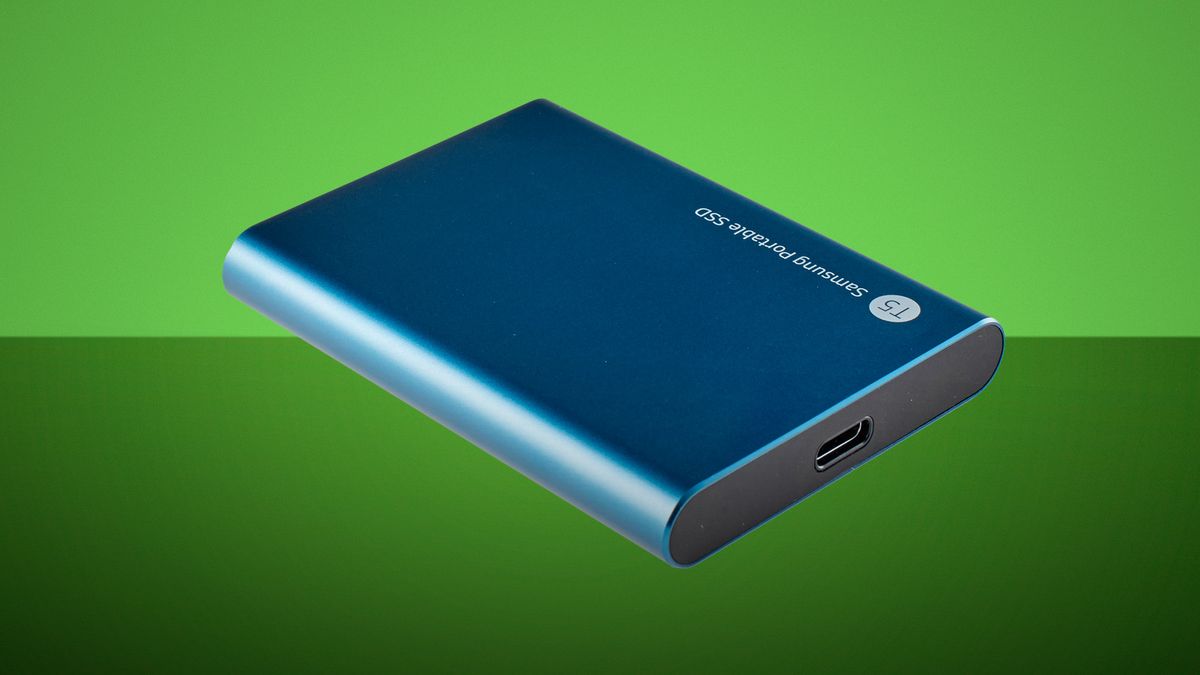![]()

How to store Google Drive files on USB [EASY WAY]
Step 4: Once you have selected the files, navigate to the More button, and then click Download. Once prompted, choose to save the files in the flash drive, then click save.
Step 5: Once prompted, choose to save the files on the flash drive, then click save and all your downloaded files will be saved to the flash drive.
Step 6: In the file explorer, right-click the flash drive and select Eject from the context menu. Then unplug the flash drive from the USB port.
If you have less storage than you thought on Google Drive, you may want to take a look at this guide.
Use Sync
Since we are talking about storage and most importantly, about the possibility to access your files whenever and wherever we simply must introduce you to Sync.
This powerful tool will store all your Google Drive files and more and act as a complete backup solution allowing you to store, share, and access all of your documents from any location, across all of your devices with no risk of data loss or leakage.
But Sync delivers more than storage, it also delivers best-in-class file history and recovery features.
Raising the stakes even further, Sync also acts as a powerful privacy protection tool that uses end-to-end encryption to make sure your confidential documents are completely safeguarded from unauthorized access.
The best part is that you get up to 5 GB to store all those important files in the cloud absolutely free of charge.
Let’s quickly look at itskey features:
- Storage space 2TB to 4TB in premium plans
- Unlimited Share transfer, password protected sharing, advanced share controls, and remote share wipe
- Realtime backup and sync
- Privacy protection and no third-party tracking
- End-to-end encryption and data protection
- File history and recovery features included
- Two-factor authentification (2FA)
- Mobile apps, desktop apps, and integration
warwickbromleyfiles.co.uk
Sync, backup, store, and share all your Google Drive files and more effortlessly!Benefits of working with Google Drive
Google Drive enables you to access all your Google docs, spreadsheets, drawings, and presentations from anywhere. As a cloud-based storage service, Google Drive includes a host of Google’s suite of office applications, also called G Suite.
The G-Suite office applications include Docs, Sheets, Drive, Calendar, Slides among others. As a business owner, there are many benefits to using Google Drive. Here are just a few.
- Ease of access – You can access all your files from anywhere, at any time, and on any platform, be it on mobile devices or on PC. All you need is internet access and your login credentials.
- Collaboration – Once you’ve created a document, you can easily share it with others, comment, and see your colleagues editing in real-time. Furthermore, you can give specific individuals permission to edit documents or choose to allow read-only access.
- Google Drive offers ample storage, currently 15GB for free, so you can store a lot of files without running out of storage. In addition, documents created from within the Drive don’t count against your storage limit.
- Integration – Google Drive seamlessly integrates with other popular applications, adding to the convenience factor.
If you want to access Google Docs from anywhere, at any time, from any PC, you may consider using the browser version and not the Windows 10 app. While we&#;re at it, take a look at these best browsers for Google Docs.
Looking for some alternatives? Here are the best cloud storage solutions available right now!
However, Google Drive is not perfect, and just like any other application, it does have some disadvantages. First, its security system is not powerful enough and hackers can remove your important data or install viruses onto your server.
The other disadvantage is its upload and download speeds, which are a bit slow. Other than that, Google Drive is a great choice for anyone who wants to increase office productivity.
If you have any suggestions or questions, feel free to drop them in the comments section below.
Editor’s Note: This post was originally published in January and has been since revamped and updated in July for freshness, accuracy, and comprehensiveness.
Editor's Note: This article was originally published in January and was revamped and updated in July for freshness, accuracy, and comprehensiveness.
-
-